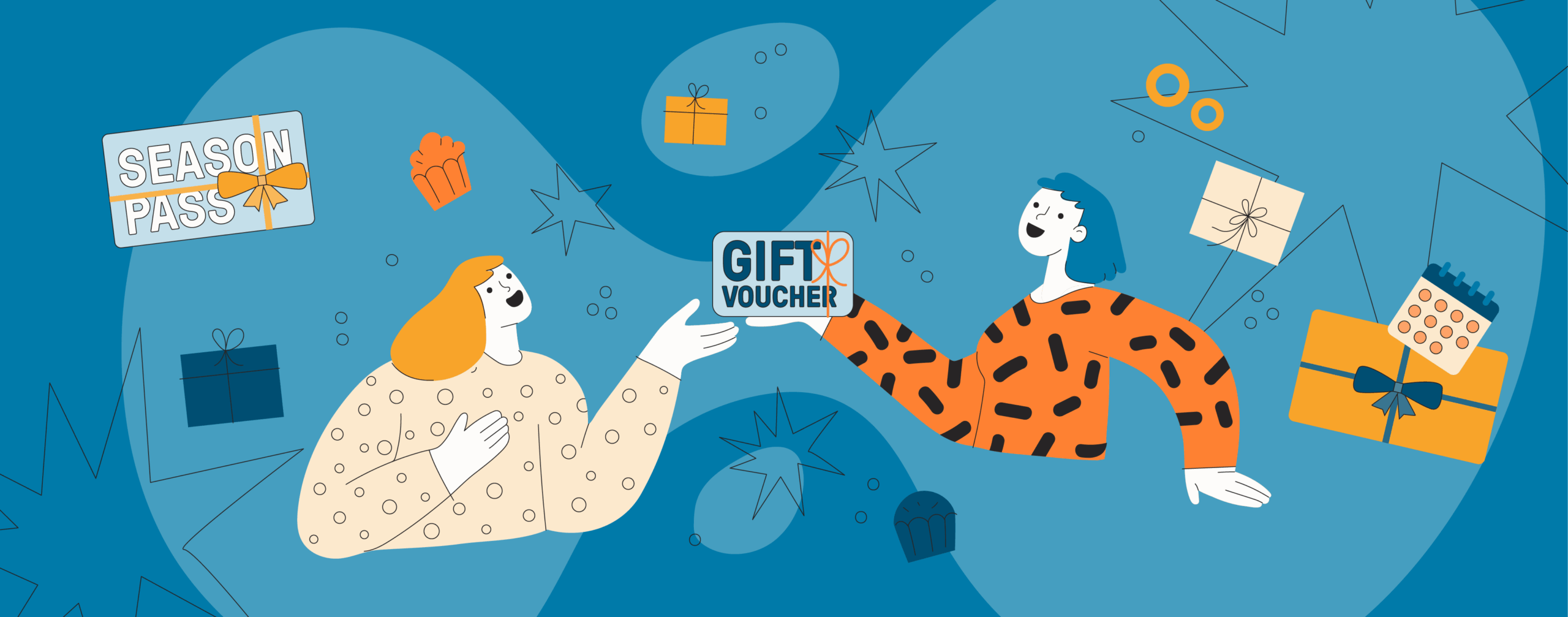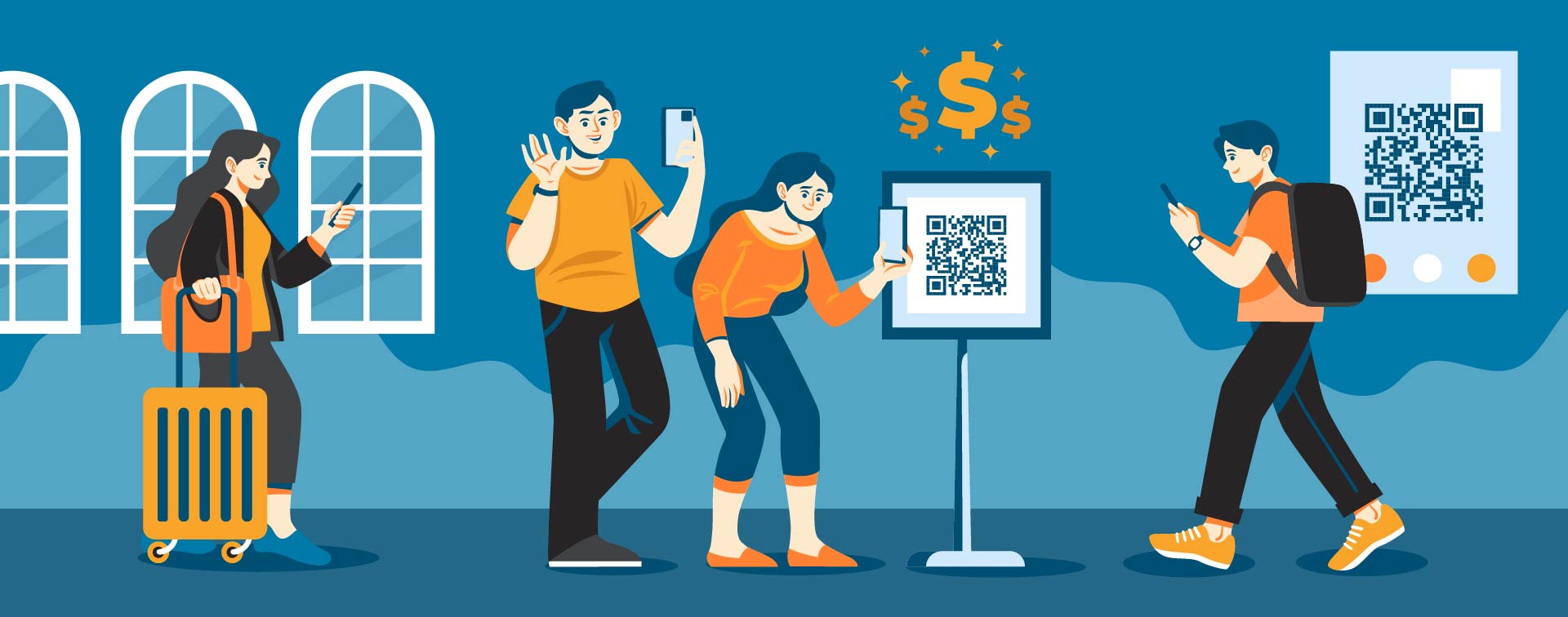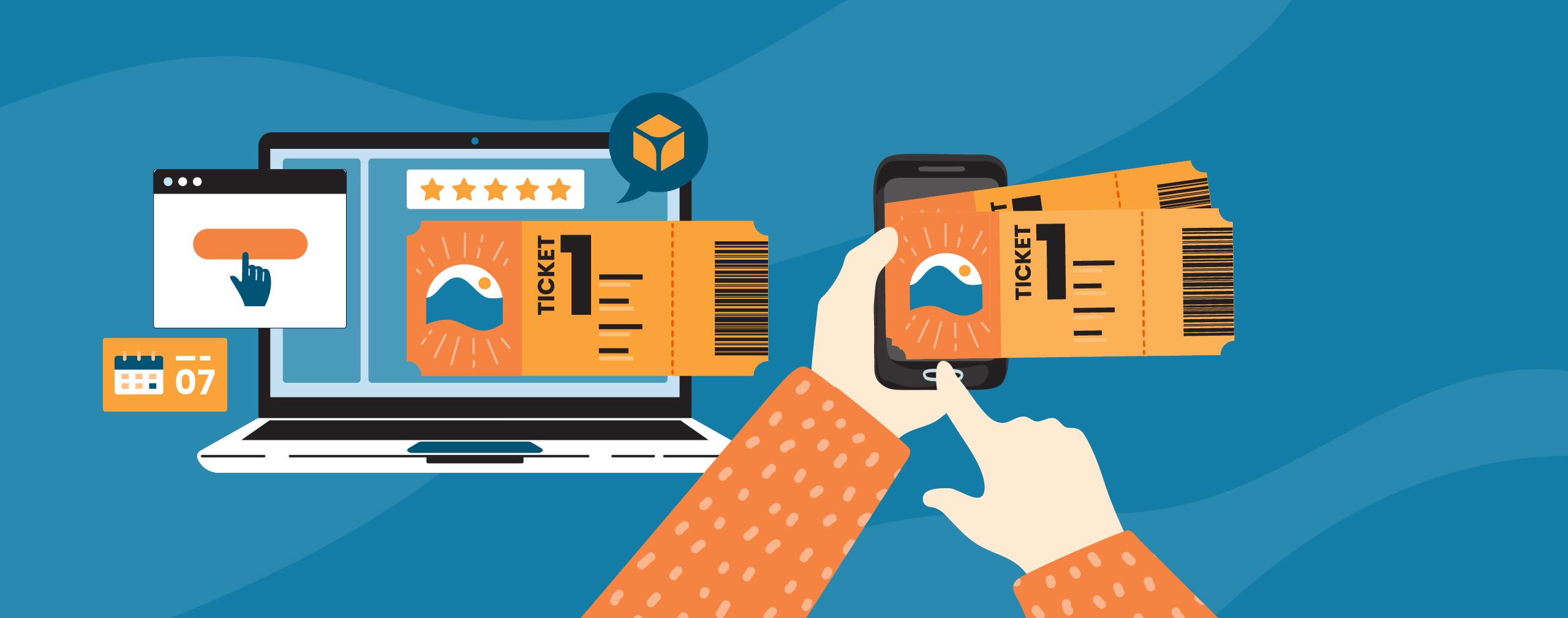How to optimize your revenue during the post-lockdown visitor rush
Tips & Advice
During the lockdown, the entire tourism industry faced the challenge of reaching that light at the end of the gloomy tunnel, which was void of customers, bookings and cashflow. With the lockdown coming to an end and the relaxation of restrictions in many places, a whole new challenge is now emerging. A positive sense: people now want to catch up on lost time and things they have missed out on last year. This catch-up effect inevitably leads to enormous demand.
On the other hand, many operators had to reduce capacity during the lockdown in order to cut costs and/or in order to adhere to maximum capacity norms implemented on a country- or state-level. So all in all, extremely high demand clashes with reduced capacity.
That in itself would not be a big problem if you as an operator did not have to make up for lost sales in previous months.
The goal must therefore be to not only handle the rush of visitors as smoothly as possible, but also to boost your post lockdown revenue as much as possible.
As an operator of a tour, activity or attraction, we have compiled for you a checklist of exactly how you can achieve this; how you can prepare yourself and what measures you should implement right now.
1. Communication / Adapt the structure of the website
As a first step, you should inform your potential customers about your situation and any capacity restrictions. Explain to them in advance that tickets may be scarce, especially at peak times, and request their understanding. It also might be a nice idea to explain how you have survived the past few months and that you, too, are looking forward to reopening with as many customers as possible.
2. Digitize the booking process to boost post lockdown revenue
If you haven’t already done so, you should definitely digitize your booking process with an online booking system. On the one hand, this helps you handle high volumes of bookings from a technical perspective (i.e. to accept, confirm or cancel / reschedule them). On the other hand, the ticket availability on your website will be up-to-date at all times. This means that bookings are automatically allocated to free capacities without you having to manually intervene.
3. Create availabilities for subsequent months
While you may have been used to planning a few weeks ahead prior to the lockdown, you should plan your ticket availability a little further into the future given current demand. Create options for visitors to your website to book specifically. After all, that’s what they want for themselves now: to finally have something on their calendar they can “look forward to.”
4. Actively target your community first
Think about your loyal regular customers first. After all, they’re the ones who have missed you the most, and they will be the ones who provide a solid foundation for your business after the wave of demand subsides. Therefore, you should actively approach them and inform them about the reopening. In bookingkit, the best way to do this is through our in-built campaign manager.
5. Set up a waiting list newsletter
It is always annoying when participants drop out at short notice – but in the current recuperation phase it’s especially so. Prepare for this by setting up a waiting list, for example. This can be a simple newsletter tool, with which you inform all registered recipients exclusively about vacant places. Also on your website you can inform about last-minute slot openings with a separate section or a popup. This way you make sure that you don’t waste any free space and don’t have to miss out on any sales.
6. Activate voucher sales
Not all things that were important during the lockdown are now a thing of the past! Vouchers were a great way for businesses to keep at least a small revenue stream open during the lockdown. But they continue being ideal now to keep the timing of the actual booking flexible and move it into the future (to normal demand levels) while you still generate revenue now. bookingkit brings this voucher feature right along and allows you to directly reference the end of lockdown/reopening/reunion theme via custom voucher designs.
7. Customize pricing structure
Supply and demand determine the price. However, one could argue that these are extraneous circumstances, and that the hardships of the last year in addition to the increased demand justify a bump in prices. This is definitely valid, but you should explain this clearly on your website. Furthermore, we suggest you do not inflate your prices generally, but do so specifically for the most popular periods or time windows. This way you can optimize your sales and at the same time control the flow of some visitors, nudging them towards booking less frequented times. Here you can find more information about flexible pricing
8. Offer new ticket categories
We know from many tour, activity and attraction operators that customers appreciate the general trend towards smaller groups. You can meet this desire for more exclusivity by including additional ticket categories or exclusive experiences. Since this exclusivity has a real value, tickets for it can also be more expensive. Of course, it works the other way around as well: maybe instead of 6 people, 7 can attend the tasting, possibly at a lower price, etc. The secret lies in the comparison of the offers, their comparability: If you offer a larger group, the smaller one appears more valuable. If you offer a smaller group at a higher price, the alternative seems unbeatable. Take a close look at the booking data in your bookingkit dashboard and experiment with different tickets.
9. Sell additional items to boost post lockdown revenue
Take advantage of the attention and excitement to cross-sell additional services and products in the booking process. This way, you can place merchandising items right at checkout or offer something creative that will delight customers until the date of their booking. During the lockdown, some vendors virtualized their experiences (i.e. an Escape Game can be previewed as an online escape game, or a cooking class is prefaced by receiving a cooking book at home). Or you could offer on-site memorabilia after the actual experience: “My first post-COVID experience!”
10. Intelligently target sales channels
If you’re also selling within bookingkit via our connected network of marketing platforms to reach millions of new customers, then you should now take a close look at the performance of these sales channels. By intelligently allocating quotas to the individual marketplaces, you’ll tease out the optimum balance for your post lockdown revenue. If one channel is over-performing, allocate more seats. If all platforms are performing, go for increasing allocation of slots to the channels with the best commission terms.
Last but not least some general measures to address capacity issues directly:
- Expand capacity
- Engage additional staff
- Extend operating hours
Of course, it can be a very good investment to use the momentum now, to see the crisis as an opportunity and to increase your capacities. The truth is that some competitors will unfortunately not be able to continue running their business. This is where your knowledge of your competitive environment kicks in, and it should help you decide how high your entrepreneurial risk is.
Conclusion how to boost post lockdown revenue
With the first 10 tips you have a solid basis to boost post lockdown revenue from the current rush on tours, activities & attractions, especially on a local level. If you don’t use a booking system yet or if you want to switch to bookingkit because of its functionality, then arrange a non-binding demo now.










